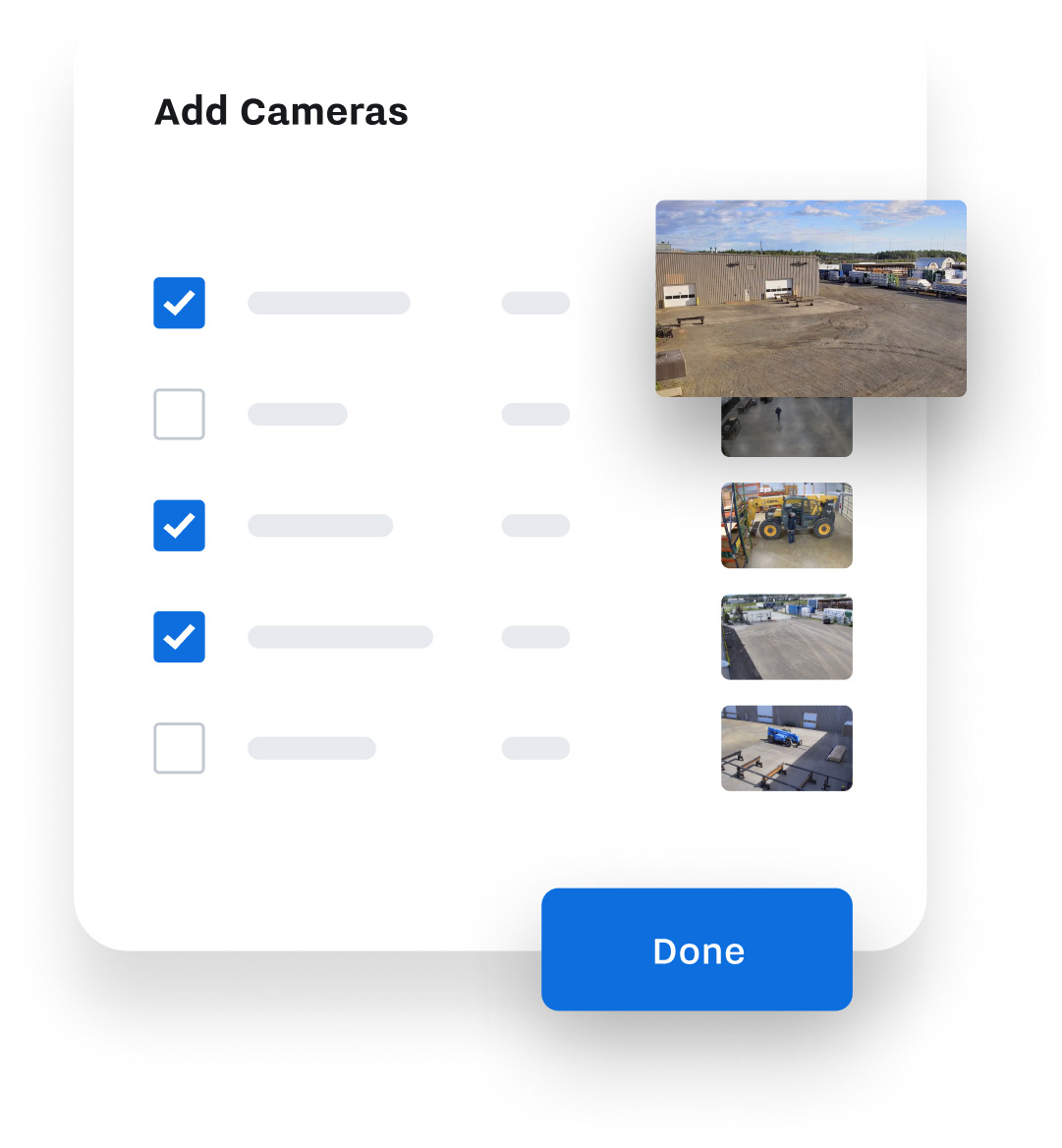
Whitelist is aimed to grant some good guys to have get access to application which uses this middleware. Warning! Blacklist has higher priority than "whitelist". When a client's IP address is in the blacklist, middleware by default returns a 403 Forbidden response with an associated IP Address Blacklisted message in the response body. It might be simple IP address (quad-dotted notation), IP block in CIDR notation or range of IP addresses (delimited by a hyphen). IP addresses can be passed either as string or as list of strings in a different forms. blacklistīlacklist is aimed to restrict some bad guys to have get access to application which uses this middleware. Below some examples: # passing routes as scalar.Īll requests will be passed through (won't be handled by this middleware) if no routes given. Routes => [ qr) or a list reference with scalar/regex elements. Limits => '100 req/hour', backend => 'Simple', Version 0.05 SYNOPSIS # inside your app.psgi Resource-Level Throttling (also referred to as Hard Throttling): If a certain query returns a large result set, you can throttle the request so that your SQL engine limits the number of rows returned by using conditions attributes like TOP, SKIP, SQL_ATTR_MAX_ROWS, etc.Plack::Middleware::Throttle::Lite - Requests throttling for Plack VERSION.This kind of throttling also helps secure your application against malicious cyberattacks.

In such cases, you need to limit the number of connections from a user/account to make sure that other users don't face a DoS (Denial of Service) error. Concurrent Connections Limit: Sometimes your application cannot respond to more than a certain number of connections.Implementing scope limits can help you leverage the same API across different departments in the organization. Scope Limit Throttling: Based on the classification of a user, you can restrict access to specific parts of the API - certain methods, functions, or procedures.You can also limit the number of requests sent by a certain client IP. IP-Level Throttling: You can make your API accessible only to a certain list of whitelisted IP addresses.This is also known as the API burst limit or the API peak limit. A throttle may be incremented by a count of requests, size of a payload, or it can be based on content for example, a throttle can be based on order totals. Rate-Limit Throttling: This is a simple throttle that enables the requests to pass through until a limit is reached for a time interval.Here are some general throttling strategies adopted by the industry today to help you decide what your API needs: Simplified API monitoring and maintenance can help reduce your costs.Įnterprises custom throttle their APIs based on the needs of their organization such as monetization, authentication, security, governance, performance, availability, etc. You can design a robust API that can be leveraged by multiple groups based on their access level.You can control user authentication and access by rate limiting APIs at various levels - resource, API, or application.Enhanced performance will drastically improve the end-user experience.

You can deliver consistent applications by making sure that a single client is not suffocating your applications.APIs are a gateway to your backend resources and throttling offers you an extra layer of protection for those resources.For example, you can restrict sensitive information from external developers, while giving access to the same for internal developers. You can even have multiple levels of throttling based on the user.

Just like permissions, a combination of multiple throttles may be used in a single request. You can define a throttle at the application, API, or user level.Īs a developer, you have control over what applications and which users can use your APIs. When a throttle is triggered, you can disconnect a user or just reduce the response rate. Throttles indicate a temporary state and are used to control the data that clients can access through an API. Throttling allows you to set permissions as to whether certain API calls are valid or not. What Is API Throttling?ĪPI throttling allows you to control the way an API is used. Well-designed APIs that allow you to throttle API requests are what you need for better security and throughput. As businesses continue to accelerate their API strategies, you as the application manager/owner have to make sure that your application is always secure and high-performing. APIs allow you to share your application data with other developers (both internal and external) as well as other apps.


 0 kommentar(er)
0 kommentar(er)
